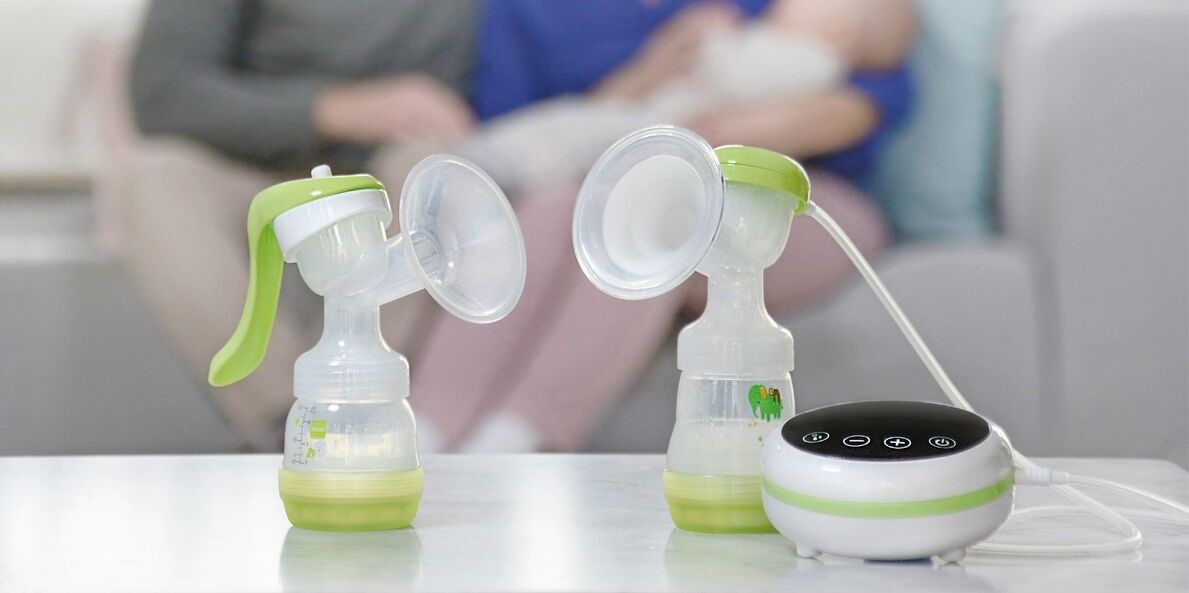Putting on weight is right at the top of your baby's to-do list – along with continued lung development. Read on to discover what else is happening in the 35th week of pregnancy, what other examinations might be necessary at the end of the third trimester, and which five things you should make sure you have at home!
What's Going On in Your Belly at 35 Weeks Pregnant?
The fetus is around 18 inches long (crown to heel) and weighs approx. 5 lbs.
During late pregnancy, three particular examinations are sometimes performed to check on how the baby is doing and whether the organs are working correctly:
#1 Calculation of the amount of amniotic fluid
With the aid of an ultrasound scan, it is possible to determine how much amniotic fluid is present in different areas around the baby. These values can be used to calculate the total quantity. If it is too low, this can be a sign that the baby's metabolism or kidneys are not working correctly.
#2 Doppler ultrasound
This examination, which is also called a "color flow doppler", is a special form of ultrasound that makes the function of various blood vessels visible. The flow of blood to and from the uterus, the placenta, and the baby's head is monitored. Excessively large blood vessels and certain gaps in the recorded blood pressure may indicate problems or a deficiency.
#3 CTG (cardiotocography) examination
The CTG records the sounds of the heart and contractions. It is also referred to as a "fetal monitor". This means it can be used to monitor both the baby's heartbeat as well as the uterine muscles. This type of examination usually takes place on or around the due date, although it may also be performed if there is a suspicion of premature contractions or for safety reasons during an external cephalic version. During labor, the CTG is used to keep an eye on how the baby is handling the contractions. The CTG "draws" 2 lines: one describes the heartbeat and the other indicates the activity level of the uterus.
Inside the uterus, the baby's heart beats at a rate of approximately 120-160 beats per minute. Movements of the fetus and external stimulation usually result in the baby's heartbeat rising. When a CTG is evaluated, attention is paid to such increases and decreases. Interpreting the findings is not simple and frequently takes place with the aid of computer programs – and ideally in combination with experienced midwives.
Your baby is now about the size of a head of lettuce.

How Do You Feel at 35 Weeks Pregnant?
Many pregnant women start to feel relaxed now, as preparations for the baby's arrival are slowly coming together. Some feel an urge to get stuck into cleaning and decorating the home – the famous nest-building instinct. But remember, do not lift heavy objects and ideally leave painting to the professionals, because climbing ladders and inhaling paint fumes are not recommended during the third trimester of pregnancy.
The most important items you should have ready at home before the baby arrives:
- A place for the baby to sleep
- A sleep sack
- A baby car seat for the journey home
- A few diapers for newborns
- A set of clothes (long-sleeved sleepsuit and pants or a romper) for the journey home
- Baby bottle + powdered milk (in case breastfeeding does not work right away)
You will naturally need more items of clothing, as well as a baby hat (thin or thick, depending on where you live and the season), a changing mat, etc. – but you can improvise with these things during the first few days, or quickly buy whatever you are missing. If you are not particularly fussy when it comes to the color or model, you can even buy the stroller as a last-minute purchase.
It is important is that you spend the last few weeks free of stress, so that you can calmly prepare for the birth. Birthing preparation courses can help with this, as can pregnancy yoga, breathing exercises, and of course a chat with your doctor about the pending sequence of examinations and the labor itself.
Photo Credits: Shutterstock




























